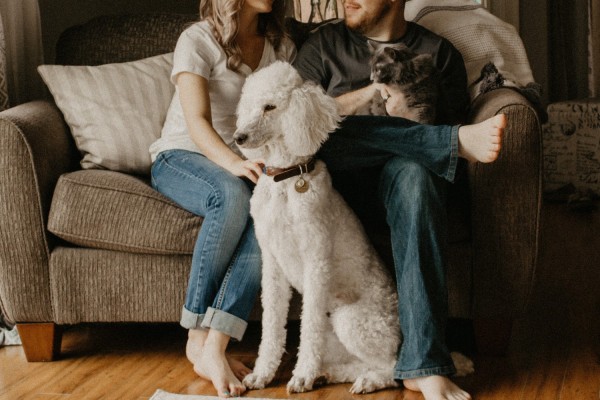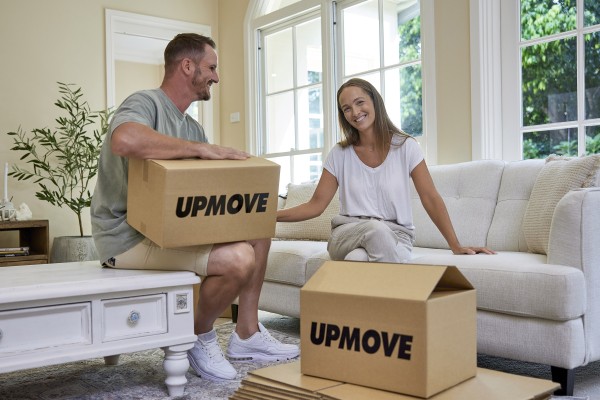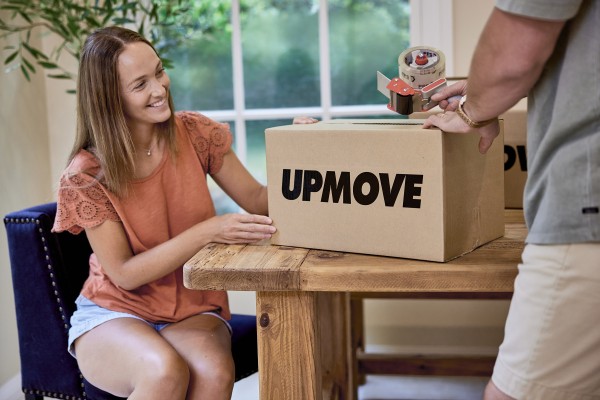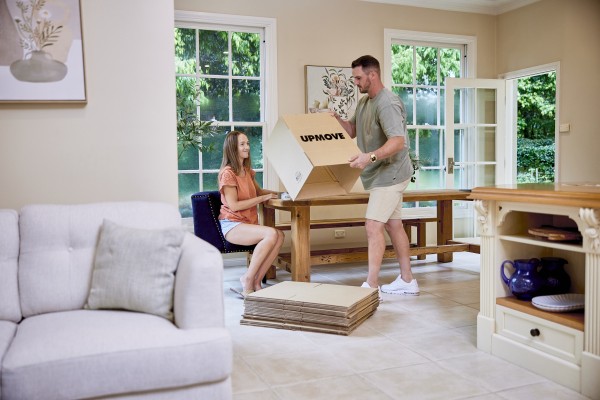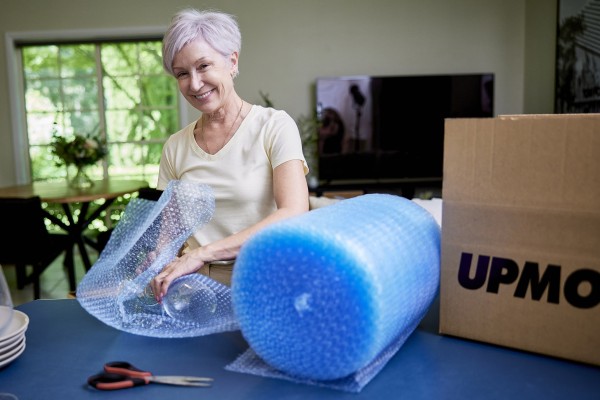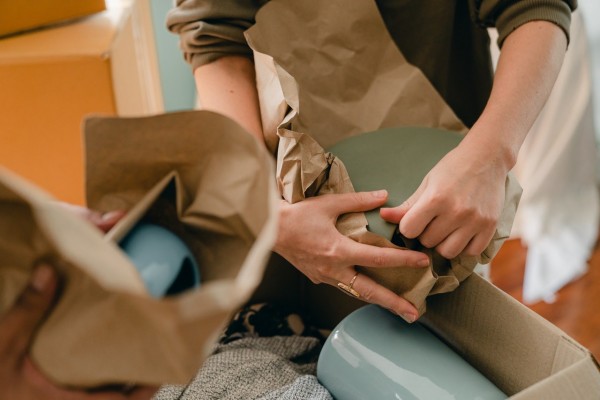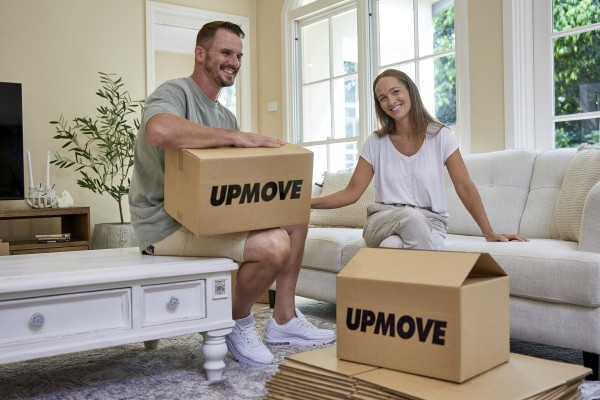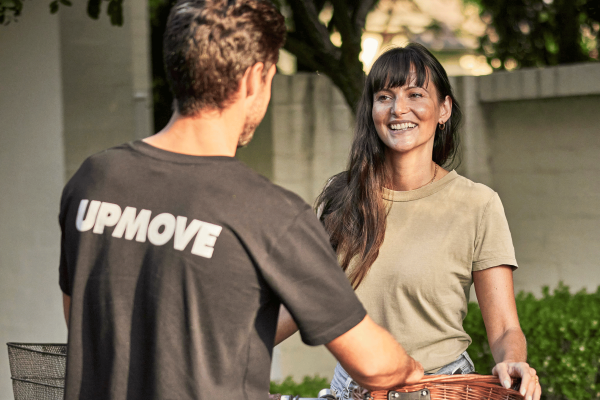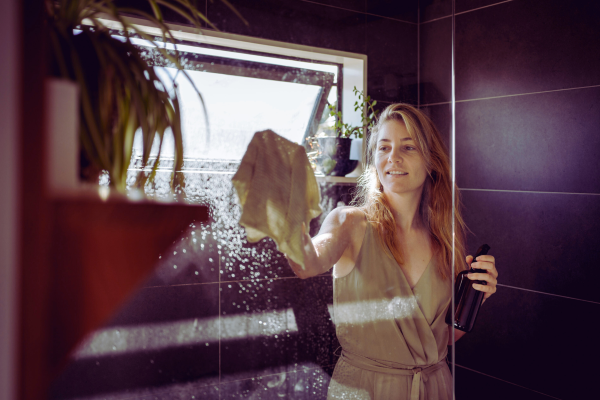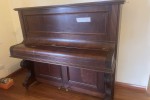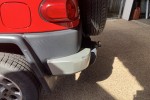Step by step relocation guide & moving house checklist for Sydney movers

Moving house in Sydney, whether you're a long-time local or new resident, can be both exciting and a bit overwhelming. Sydney offers stunning beaches, vibrant culture, and plenty of opportunities, but it also comes with its challenges—think traffic, limited parking, and unpredictable weather.
In this guide, we’ll help you navigate the entire process, from planning and budgeting to choosing the right removalists, packing tips, and settling in. Whether you're in the heart of the city or headed to a quieter suburb, we’ve got practical advice and a clear timeline to make your move as smooth as possible.
Let’s get started and set you up for a stress-free transition.
Introduction to moving house in Sydney
Let’s face it, moving is never as simple as it seems - even when you're only moving a short number of kilometres within the same major city.
First, there’s the emotional challenge of leaving behind your old home. Then there’s the logistics of coordinating all the aspects of your move, not to mention the financial stress of managing costs.
Navigating Sydney's busy streets and finding the right place in hot suburbs is no joke. Rental properties are always in high demand - particularly in sought-after areas - and as Australia’s most expensive city, you’ll need to plan a clear budget.
Overview of the moving process
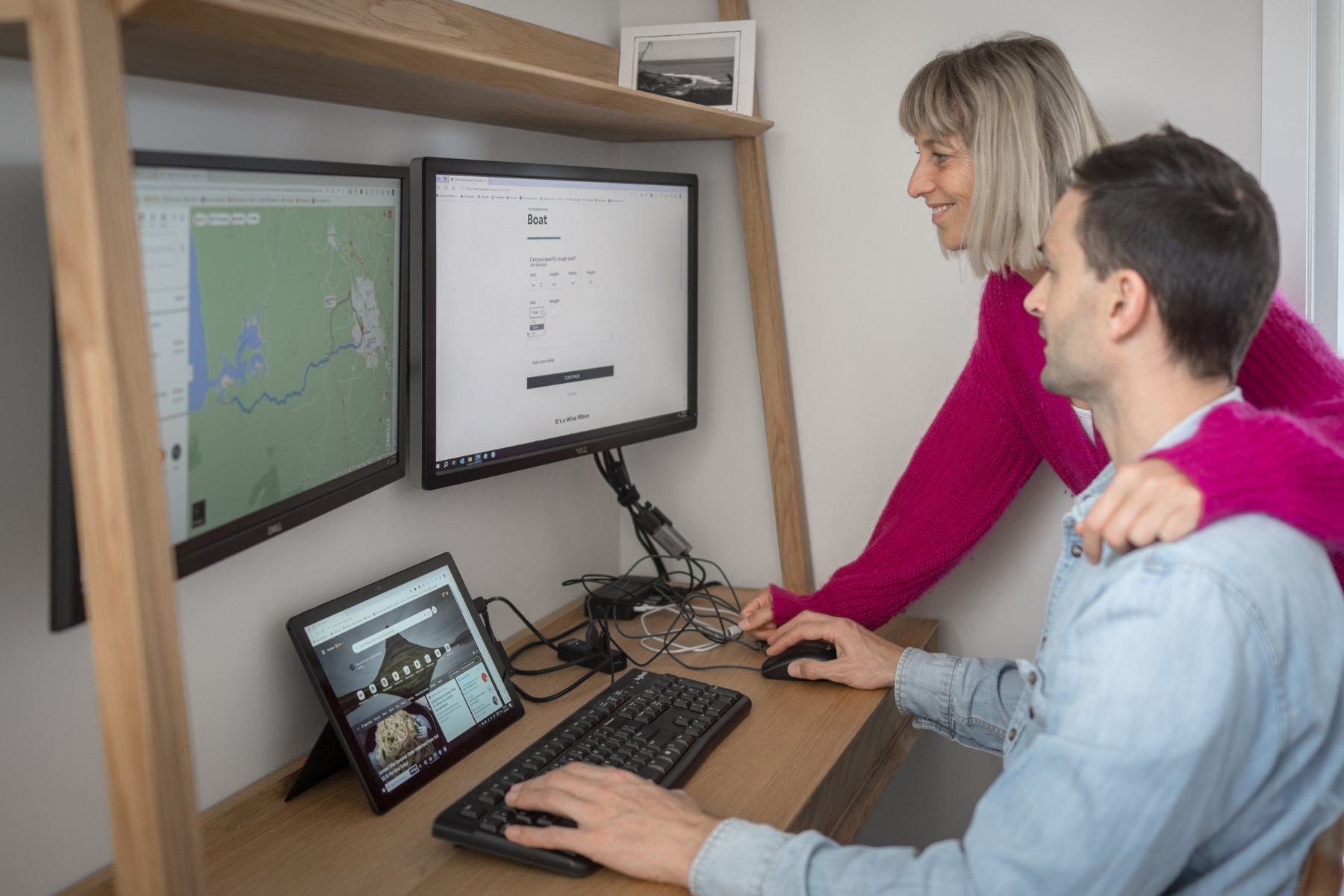
Moving in Sydney involves several key steps, each with its own challenges specific to the city:
First, you'll need to plan your move 8-10 weeks in advance, including setting a budget, hiring local Sydney removalists, and sorting out logistics.
Packing will be your next priority. Be strategic, especially if you're in an apartment or terrace house where space is tight.
Finally, once you’ve unpacked and settled in, remember to handle legal tasks like updating your address and utilities.
Don’t worry we’re going into more detail on all of these steps later in the article.
Moving in Sydney - what to keep in mind
Life in Sydney can be exciting, but there are a few things to keep in mind to make your move as smooth as possible.
First, housing in Sydney is pricey. Whether you're moving a few streets over or to the other side of town, you can expect higher rent or property prices. Do your research on different suburbs—whether you want to live by the beach in Bondi or closer to the city in the Inner West. Rental competition is fierce, so start early.
When it comes to transport, Sydney’s public transport system covers most areas and is especially helpful if you are planning a move closer to the city. If you haven’t already, get yourself an Opal card for easy hop on, hop off service.
Weather-wise-wise, Sydney has hot summers (over 30°C) and mild winters, but it’s also prone to sudden rain, so plan your move around the weather.
Finally, make sure you’re familiar with the legal and administrative tasks that come with a Sydney move. You’ll need to change your address with the post office, update your driver’s license, and arrange for utility services like gas, electricity, and internet.
Sydney moving house checklist

Moving in Sydney involves numerous tasks, and staying organised is key to managing the process without unnecessary stress. Below are a set of comprehensive checklists to guide you through each phase of your move, tailored specifically to Sydney.
10+ weeks before the move
6+ weeks before the move
4+ weeks before the move
2+ weeks before the move
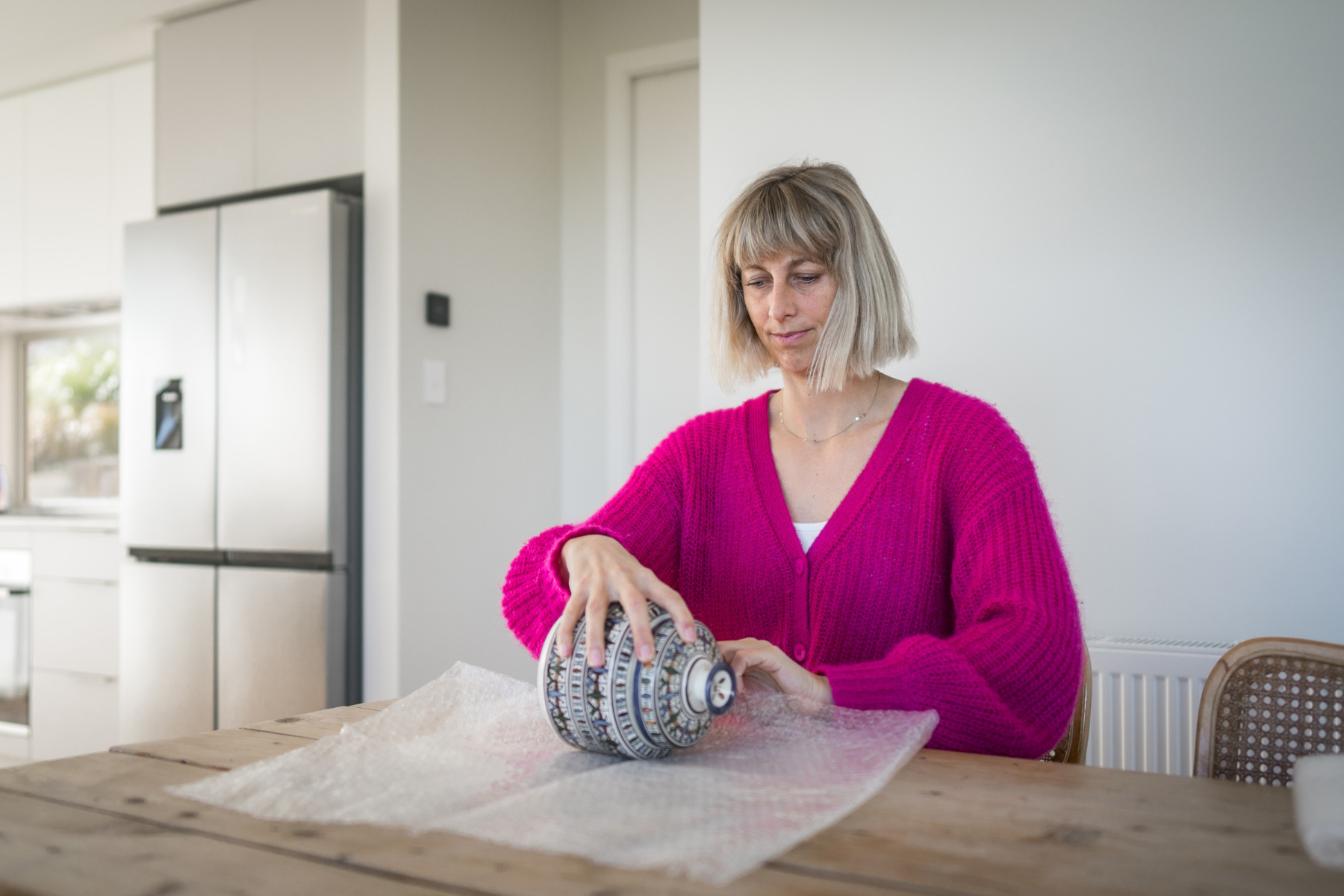
1+ week before the move
And if you’re planning an interstate move, our Sydney to Melbourne removalist guide has everything you need to know.
Moving day
Settling in
Budgeting for your Sydney move
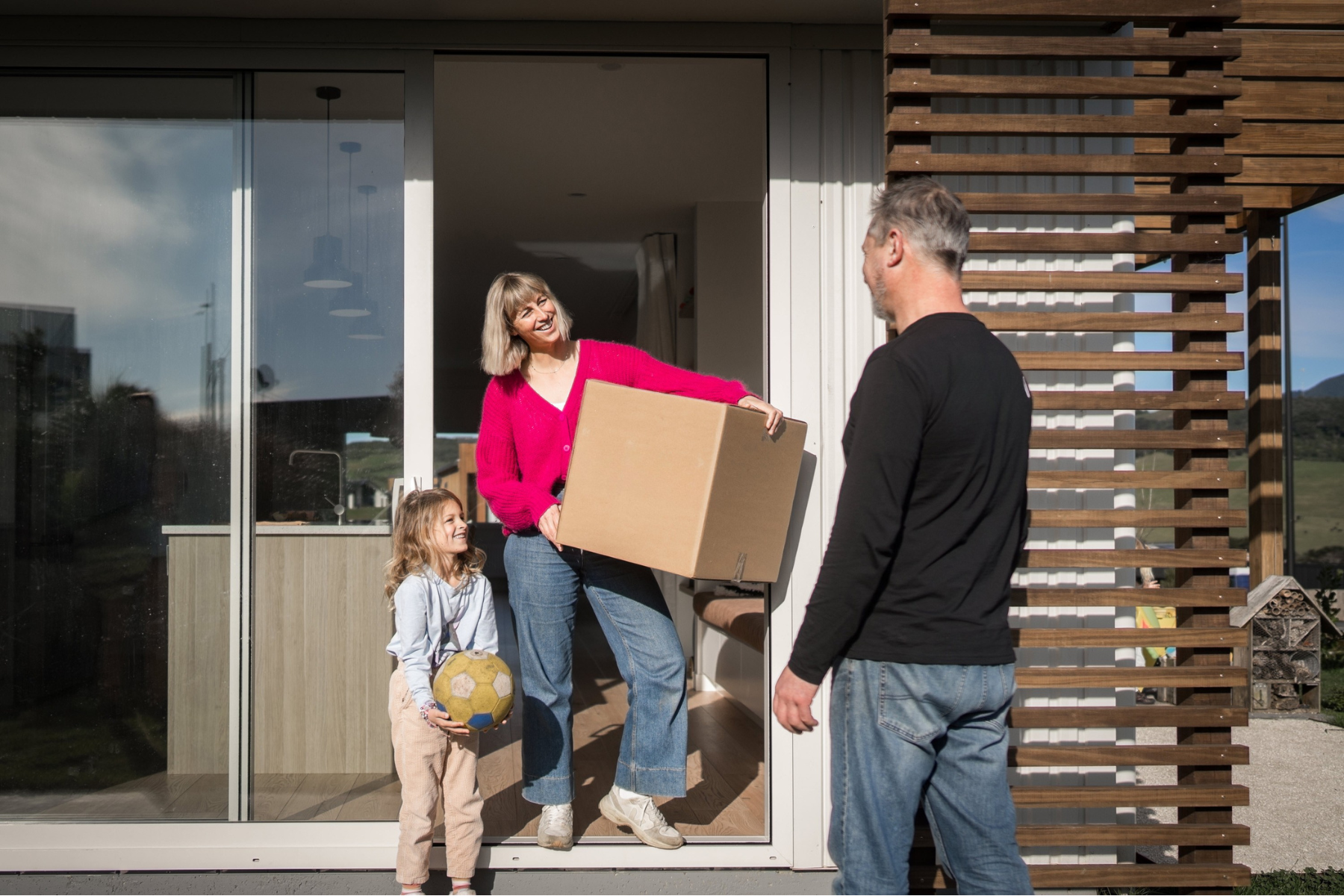
Sydney removalists costs
Moving in Sydney comes with a range of expenses, whether you’re selling, buying, renting, or staying local. For local removalists, costs vary by home size, from $390 for a studio to $2,450 for a 4-bedroom house.
Sellers face fees from marketing to legal costs, while buyers will need budget for property inspections and possibly even conveyancing. Renters, on the other hand, will have bond and upfront rent to consider. Then there are extras like utility connections and packing supplies. Yes, it's a lot, but careful planning helps to keep everything on track. Check out our guide to Sydney moving costs for more details.
Hiring removalists vs. DIY moving - weighing up what’s best
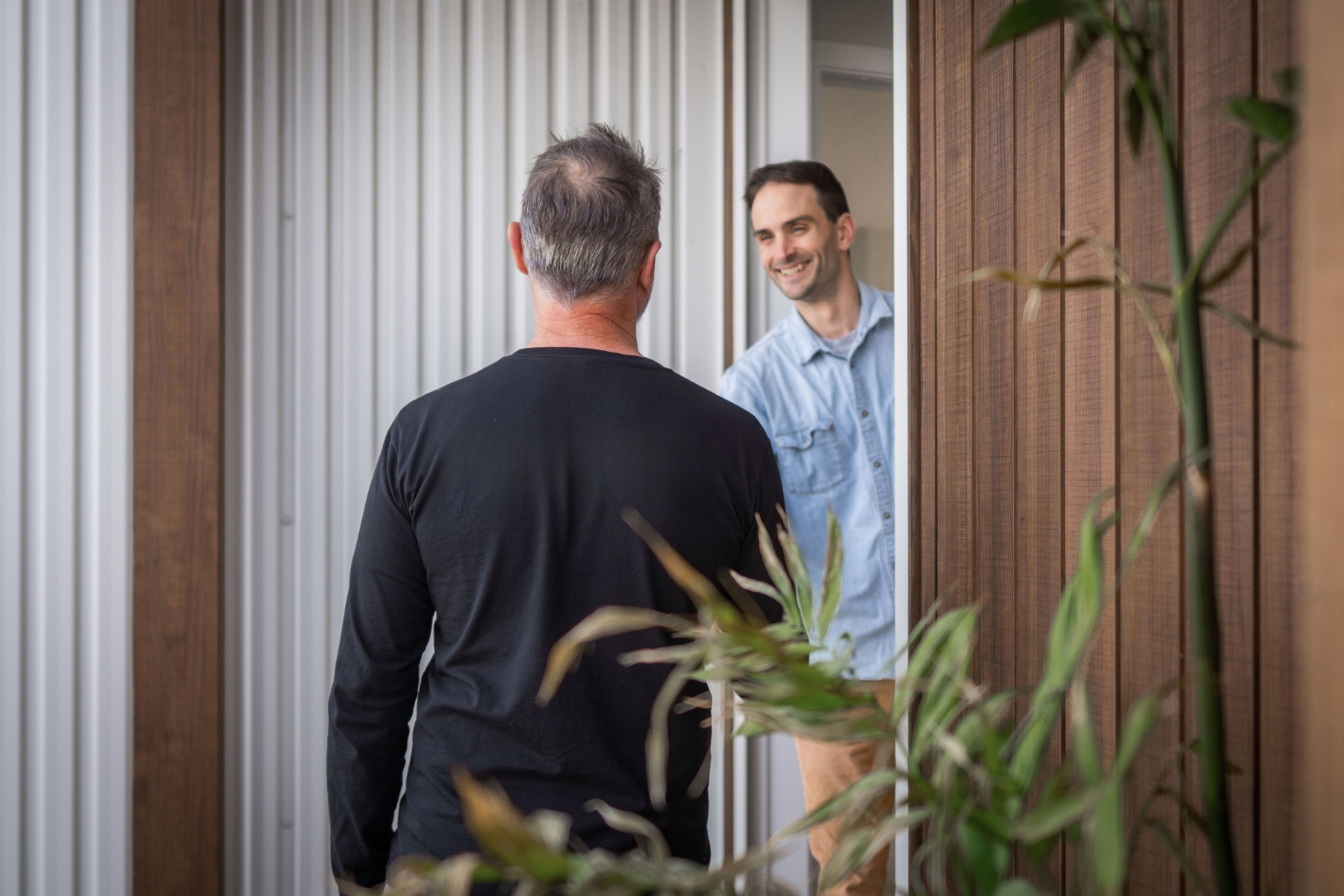
Should you hire professional movers or tackle it yourself? It’s a big question and each option has its upsides and downsides, so it really comes down to your budget, timeline, and how much you’re willing to do yourself. To help you decide what’s best for you, we’ve prepared a list of pros and cons for each.
Hiring professional movers
Pros:
Cons:
Going the DIY Route
Pros:
Cons:
If you’re leaning toward hiring movers, it’s always a good idea to shop around and compare quotes. This is where platforms like Upmove come in handy. You can easily compare multiple quotes and book Sydney removalists.
Organising and decluttering
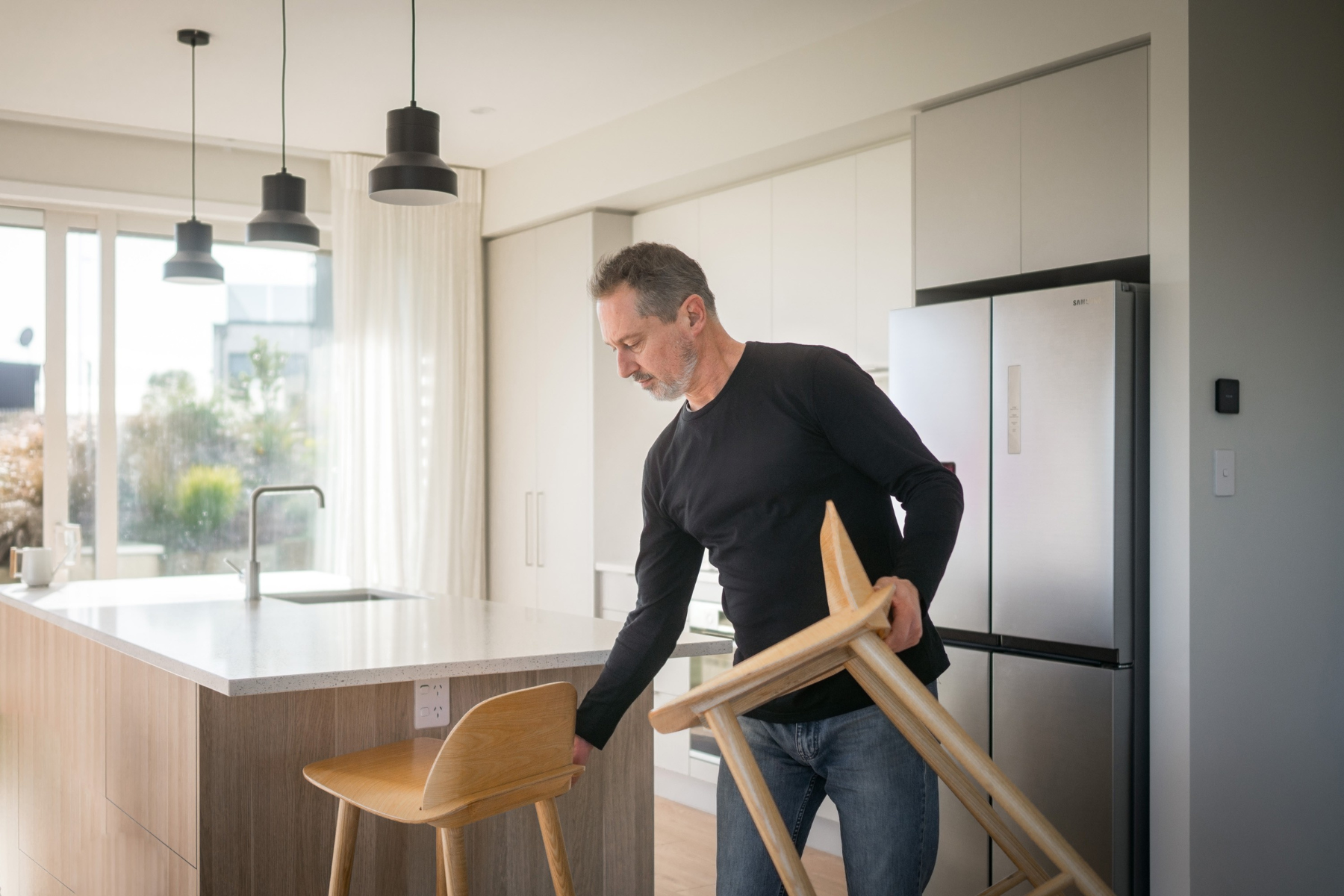
Now that you have your checklist, budget and have decided on whether you will hire professional removalists Sydney or DIY, it’s time to get organising your belongings, decluttering and packing up your items. Here are some actionable steps to help you get started:
Packing is a huge part of moving, and having the right materials makes everything so much easier. Here’s a list of the packing essentials (and non essentials) for an average 3-bedroom house move.
If you're not sure which is better, here’s a quick read on moving bags vs moving boxes to help you decide.
Essential Packing Materials
1. Boxes
What you need:
Where to get them: Sydney removalists often sell or rent boxes. You can also find them at places like Officeworks, Bunnings, or even second-hand from Facebook Marketplace or Gumtree.Check out our guide on 9 places to get free moving boxes in your area.
2. Packing tape
What you need: 6–8 rolls of packing tape (to seal your boxes).
Where to get it: Available at Bunnings, Officeworks, or local big-box retailers. Buying in bulk online can save you a bit.
3. Bubble wrap & packing paper
What you need:
Where to get it: You can pick this up at stores like Bunnings, Officeworks, or local removalist suppliers, or grab it online.
4. Furniture pads/blankets
What you need: 5–8 furniture pads or moving blankets (to protect your big furniture or appliances).
Where to get them: These are often available to rent from furniture removalists, but you can also buy them at Bunnings or online.
5. Plastic Bins (Optional)
What you need: 2–3 plastic bins (for things like clothing or toys).
Where to get them: Check out stores like IKEA, Bunnings, or Big W for affordable plastic bins.
Packing guide - room by room breakdown

With all your packing materials ready, it's time to dive in and pack up your home.
Packing up your home for a move requires a strategic approach to ensure everything gets done in an organised and efficient manner.
The best place to start is with the least-used rooms, as these are the areas where you can pack up items without disrupting your daily routine. Begin with rooms like guest bedrooms, storage spaces, and shed—these often hold items you won’t need ahead of moving day.
Next, tackle the office, living room and dining room, which often hold a lot of decor, trinkets, books, or electronics that aren’t used daily.
As you move closer to moving day, focus on the bedrooms and kitchen.
Packing each room up can feel overwhelming, but don’t worry—we’ve broken it down room by room in packing order to make it easier. Let’s get started.
1. Garden / Shed / Storage areas
2. Guest bedrooms
3. Office
4. Living / Dining rooms
5. Main bedrooms
6. Bathrooms
7. Kitchen
Cleaning - How to ensure you get your rental bond back
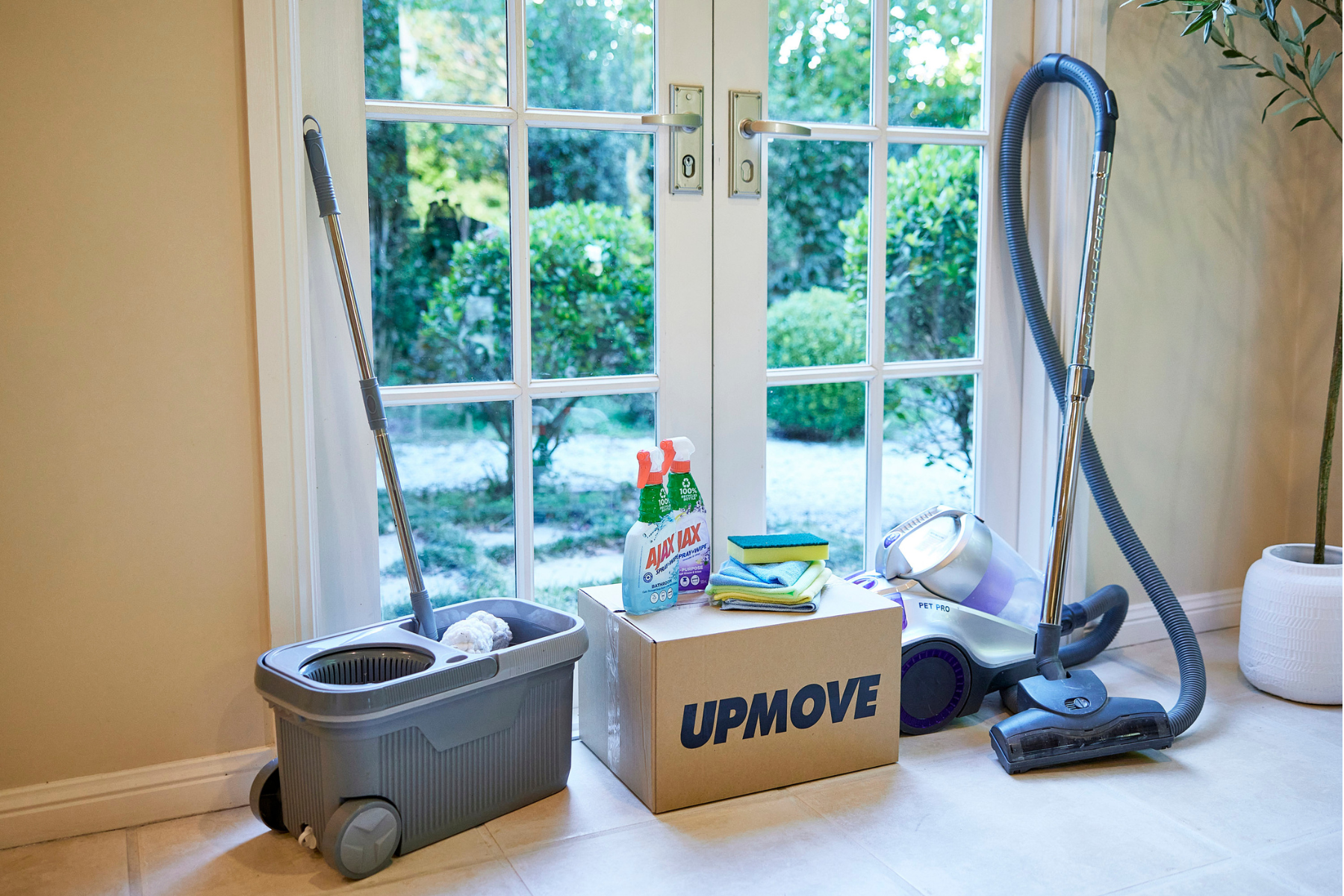
Once all of your personal belongings are packed it’s the perfect time to do a deep clean on the home you are leaving. This is especially true if you have been renting and will be seeking a bond return from your landlord.
Follow our simple cleaning steps to give yourself the best possible shot at accessing the entirety of your bond deposit when you leave.
Lastly, take time to inspect the property and do a final walk-through. Make sure everything is in tip-top shape, and consider snapping a few photos as evidence of the condition you’re leaving it in. A little extra effort now can save you money later.
Understanding storage needs and costs
When you're moving in or out of Sydney, whether it's locally or interstate, you might find that you need to store your packed items in between homes. Maybe you're waiting for your new place to be ready, or you simply have more stuff than your new place can handle. Either way, storage can be a lifesaver.
Storage costs in Sydney can vary quite a bit depending on where you're located and what size space you need. For smaller storage units (think the size of a big closet or garage), you’re usually looking at around $100 to $300 per month. If you need something bigger—like a unit that can hold all your furniture—you’ll pay more.
Some places also offer mobile storage units, which are delivered to your door, and then they pick them up and store them for you—super convenient and often more affordable than traditional units.
If you’re thinking about long-term storage, some companies offer discounts if you commit for several months, while others might charge a bit extra if you're storing items in prime locations (like closer to the city).
TIP: When it comes to storage, don’t forget about insurance—most storage places will give you basic coverage, but if you're storing valuable items, it’s worth looking into additional protection.
To save a bit of cash, you might want to consider storage facilities that are a little further from the city center—prices tend to drop the farther out you go.
Also, if you’re moving during a busy time, like at the end of the month or around holidays, storage spots can fill up quickly, so it’s a good idea to book in advance.
Quick breakdown:
If storage is part of your plan, see our guide on choosing the perfect self storage facility for handy tips.
Preparing for special circumstances

Once you’ve gotten to the stage of your move where your home is packed and your checklist almost entirely checked off, it’s time to head to your next location (whether it’s in Sydney, broader NSW or interstate).
Sometimes this part of the move can be the most stressful - particularly if you’re travelling with pets, children or elderly relatives.
To support you in this transition we’ve created some things to consider and ways to ease the stress.
Moving with pets
Pets can be sensitive to change, and a long journey can be stressful for them. Make sure you have everything they need, like food, water, and their favourite toys, to keep them comfortable during the trip. If you're travelling longer distances, a pet transportation service may be the best way to keep your pet calm and safe on the road.
Moving with children
For kids, moving is an emotional rollercoaster. They might be excited about the new adventure, but they can also feel anxious about leaving behind friends or their familiar environment.
To make the transition easier, involve them in the process—let them help with packing their own things and explain what to expect in the new home. During the actual move, try to keep their routine as normal as possible, and bring along comfort items like their favourite blanket or stuffed animal.
Our moving house with kids guide has practical tips to make it easier for the whole family.
Moving with elderly relatives
Moving with elderly relatives can require a bit more preparation. Make sure they’re comfortable throughout the transition, especially if they have mobility issues or medical needs. Arrange for their medications and important items to be packed separately and within easy reach, and plan for transportation that’s accessible for them. It might also help to have someone accompany them during the move to offer support and ensure their needs are met along the way.
Moving with a disability
Moving with a disability may call for a little extra planning to ensure a smooth and stress-free move. It's a good idea to arrange for medications and important items to be packed separately and within easy reach, and plan for accessible transportation.
Ahead of the move it’s also important to double check the new property meets any accessibility needs - things like ramps, wide doorways or step-free entrances. Having a list of new local support services to hand can also offer a sense of calm - knowing that help with everything from medical care to community resources will be just a call away.
Choosing trustworthy Sydney removalists
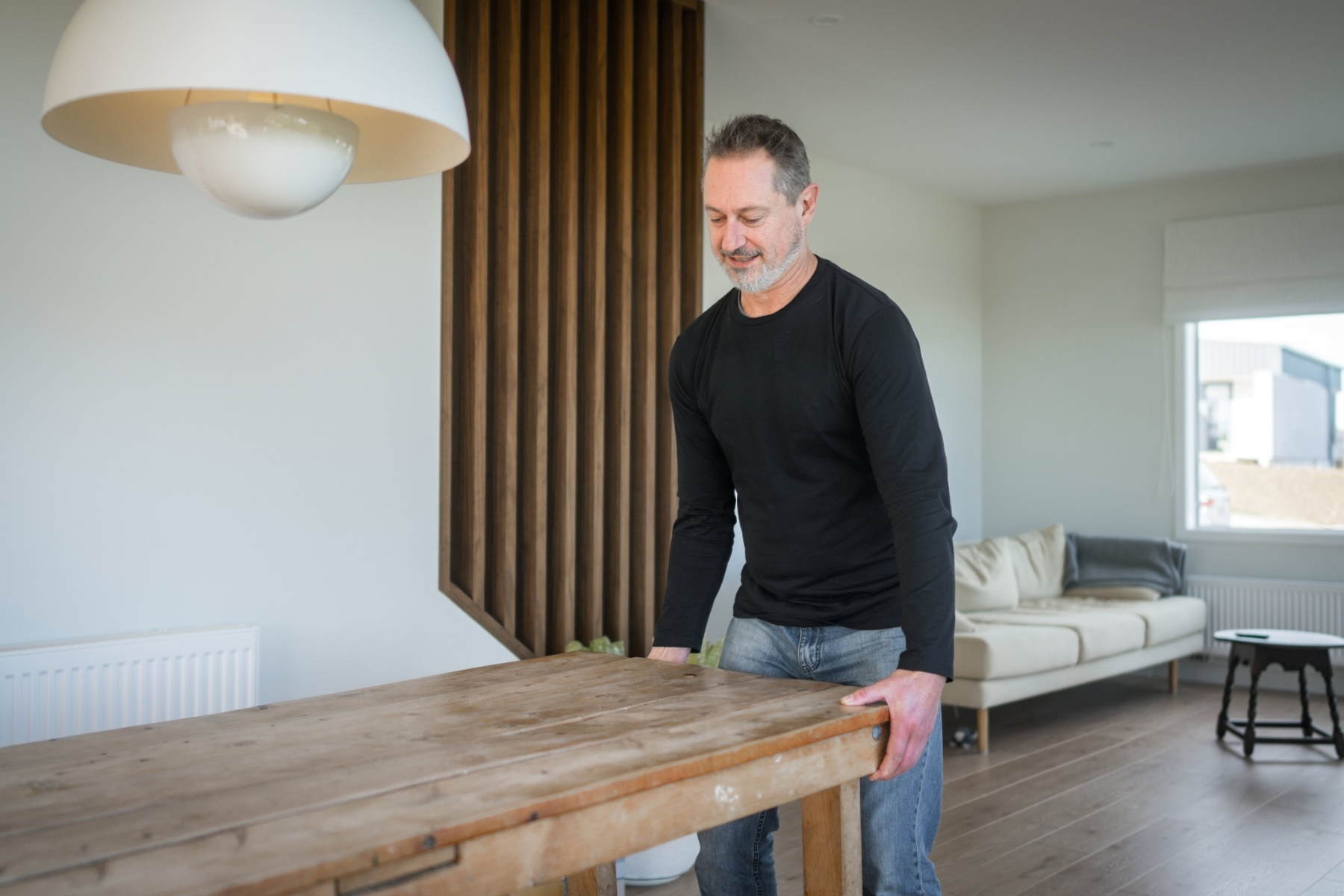
Moving to, from, or within Sydney can be an exciting yet complex process, with many steps involved. At Upmove, we understand how overwhelming the moving process can be, which is why we make it simple to find and book trusted Sydney removalists with transparent pricing, vetted reviews, and expert support.
Our platform makes it easier to find trustworthy movers, get transparent quotes, and ensure your move goes smoothly, whether it’s down the street or interstate.
With the right planning, expert help, and a solid budget in place, you can minimise stress and enjoy a smoother transition into your new home.
What do our customers say?


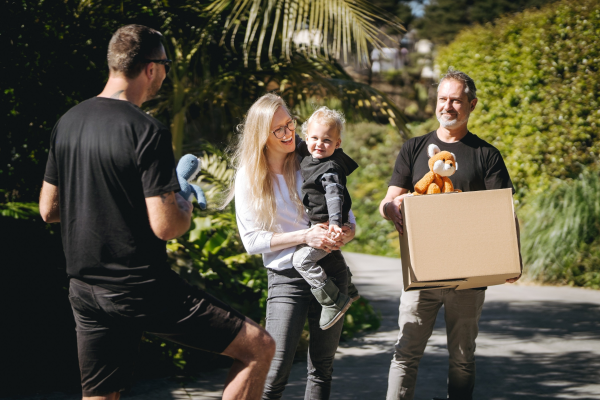
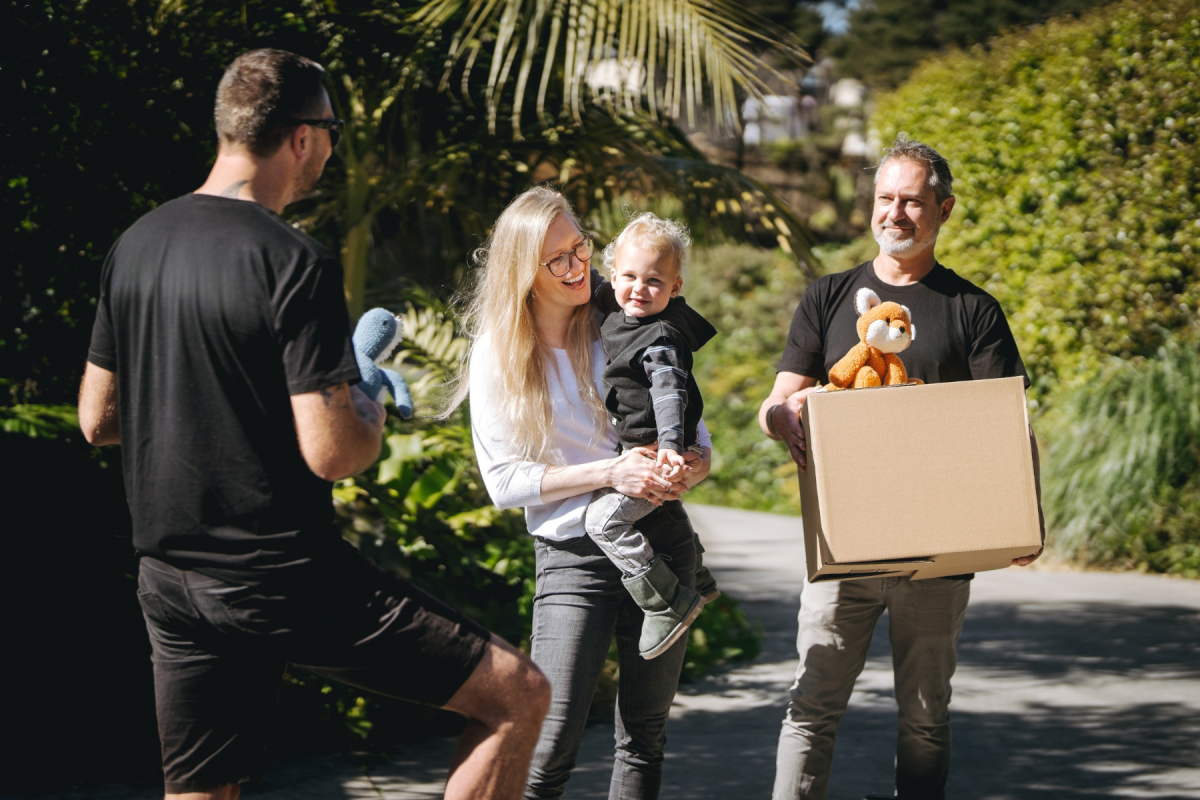
![Top 5 Cheapest Suburbs in Sydney [Updated 2025] Top 5 Cheapest Suburbs in Sydney [Updated 2025]](https://cdn.upmove.com.au/image/blog/3b114ecb3ce4b4405670d1926b57f6e3.jpeg)



